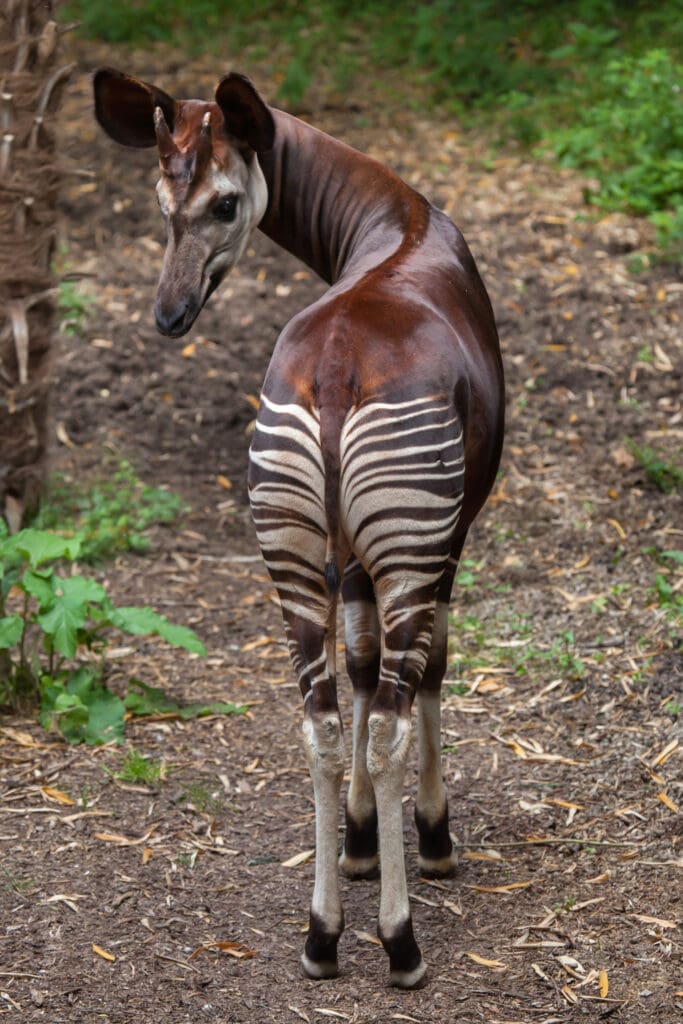An adorable baby, Okapi, was born at San Diego Zoo Safari Park. Okapi’s are native to the rainforests of the Democratic Republic of Congo (DRC). Some refer to this unusual animal as the “African Unicorn”. As the name suggests, they are extremely rare and difficult to find. They were the last large mammals discovered in the early 20th century. Learn about Okapis and discover the importance of zoos in preserving this endangered species.
Unique Appearance of the Okapi
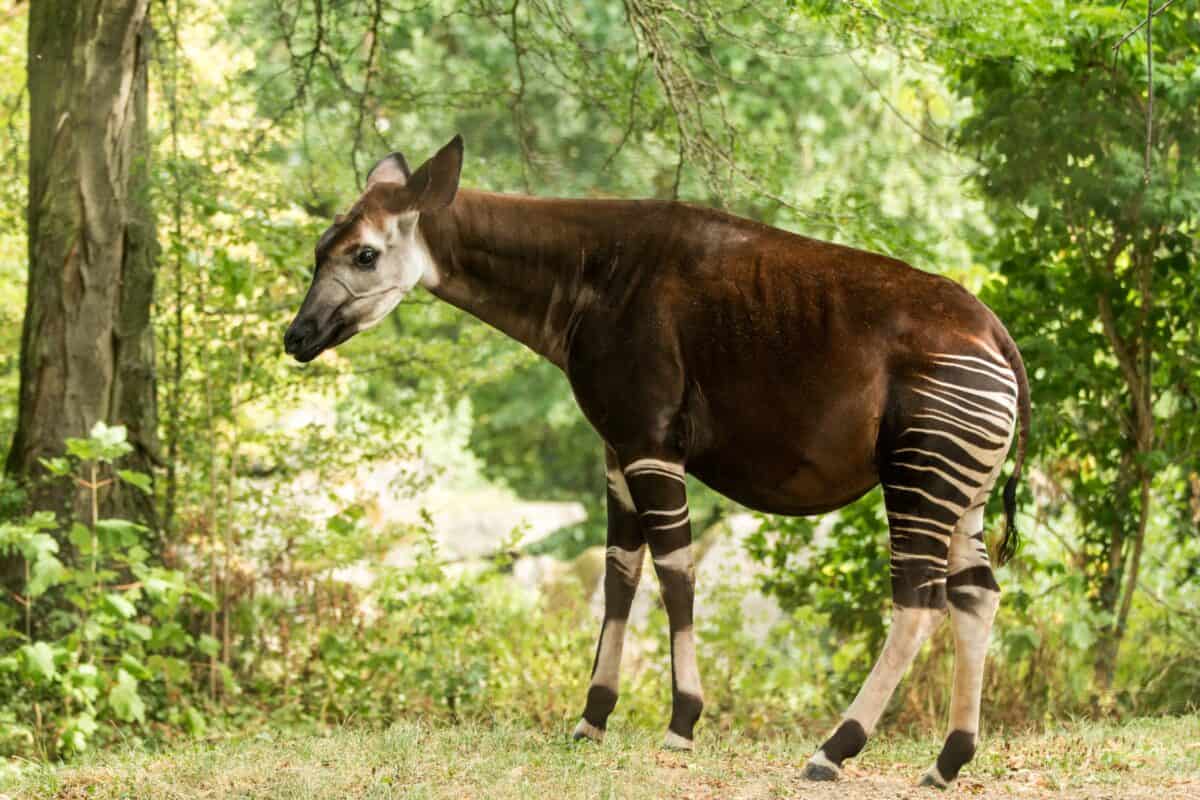
The Okapi’s upper body is chocolate brown, while its lower body has zebra-like stripes. One might assume that these strange-looking animals are related to zebras. However, they are the only living relative of the giraffe. They have long tongues measuring up to 18 inches long! Their long tongue is adapted to strip leaves and buds from trees. Male Okapis have short, hair-covered horns called ossicones, which are absent in females.
San Diego Zoo
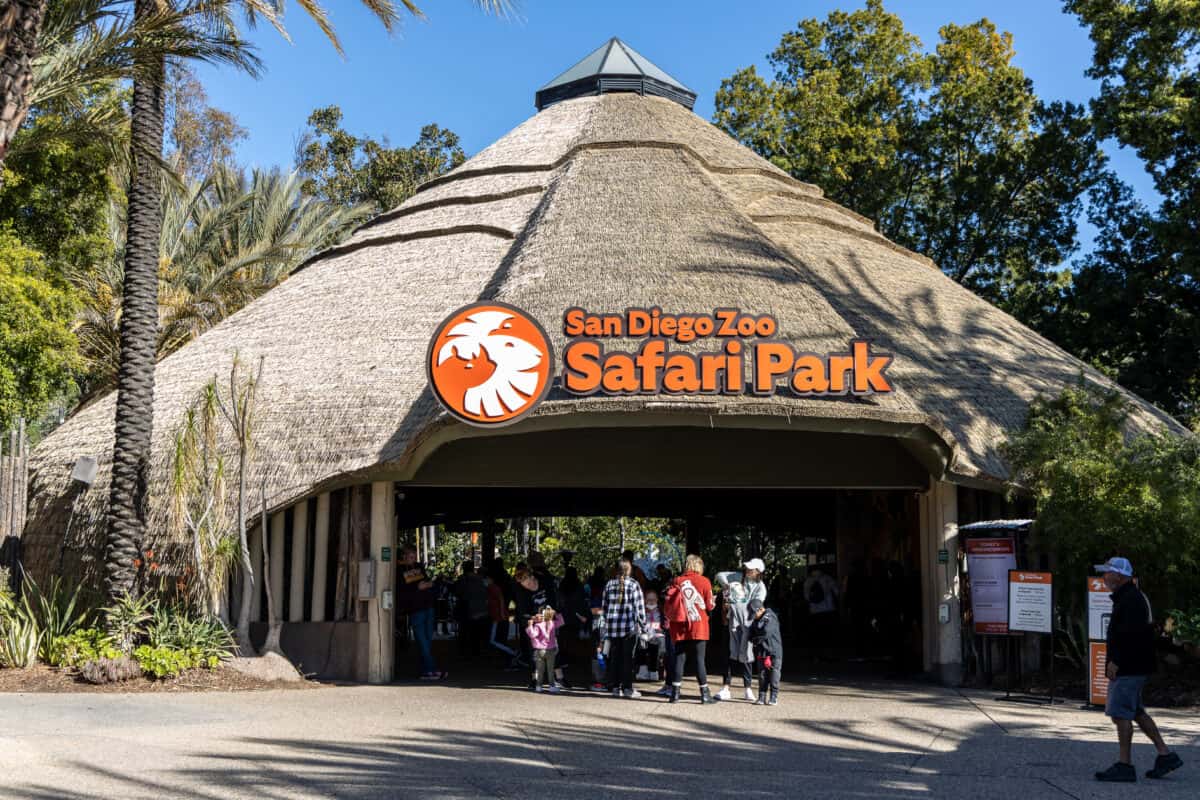
The San Diego Zoo Safari Park has recently announced the birth of a male okapi. The baby Okapi was born to Meli (mother) and Mpangi (father), two of the residents of Okapis at the zoo. According to zookeepers, Meli is a very attentive mother and has been looking after her baby well.
Conservation
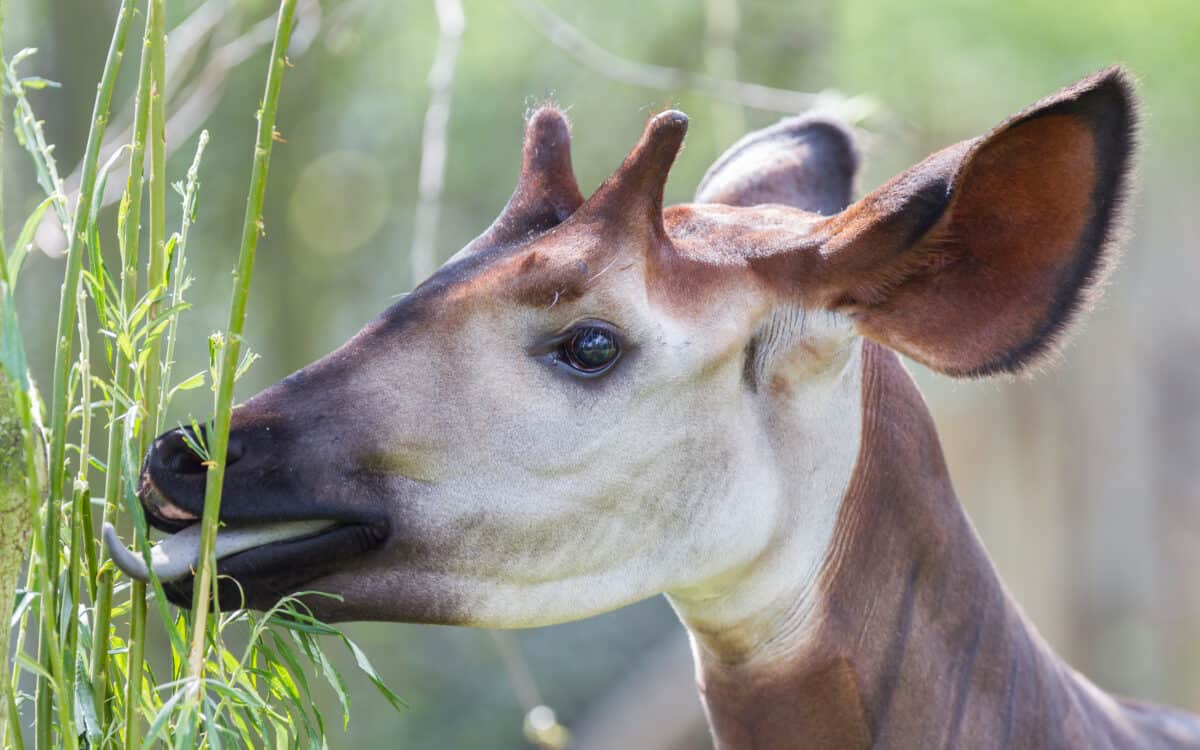
Zoos play a role in maintaining the genetic diversity of species like the Okapi, which is highly endangered in the wild. They help manage breeding programs to ensure a healthy population of endangered animals outside their wild areas. Zoos might also participate in reintroduction programs to help maintain wild populations.
Education and Awareness
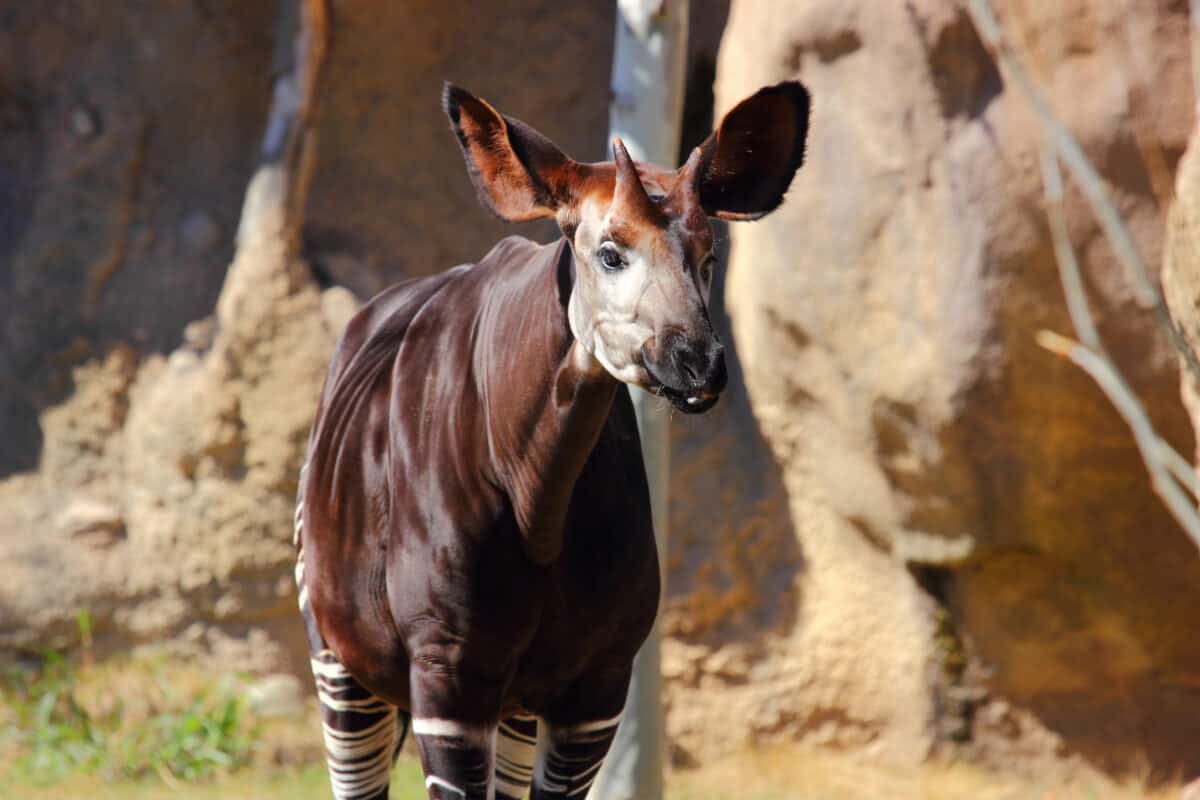
Okapis are not well known among the public. Zoos can help spread awareness. Teach the public about their existence, ecological role, and threats they face in the wild. This awareness can inspire visitors to support conservation efforts.
Research
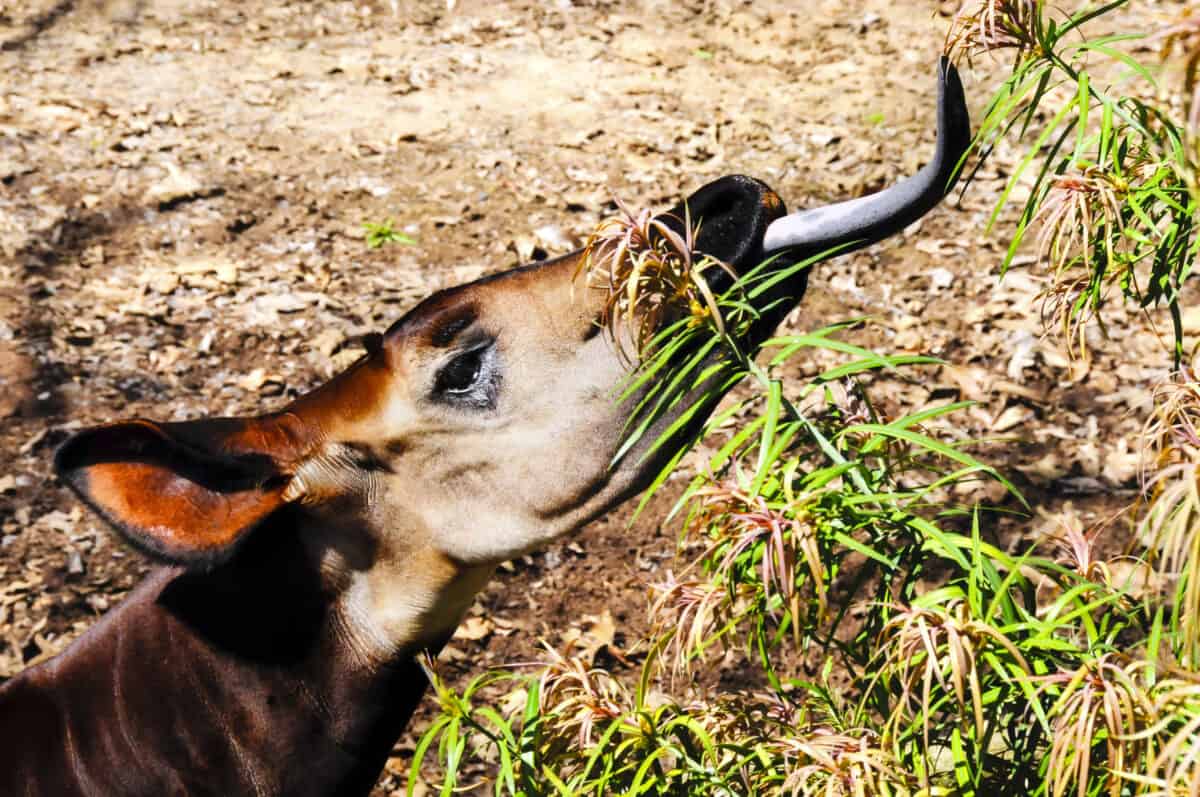
Zoos also allow researchers to study Okapi behavior and biology. This knowledge is important for Okapis in both captivity and reintroduction programs to their natural habitats.
Baby Okapi
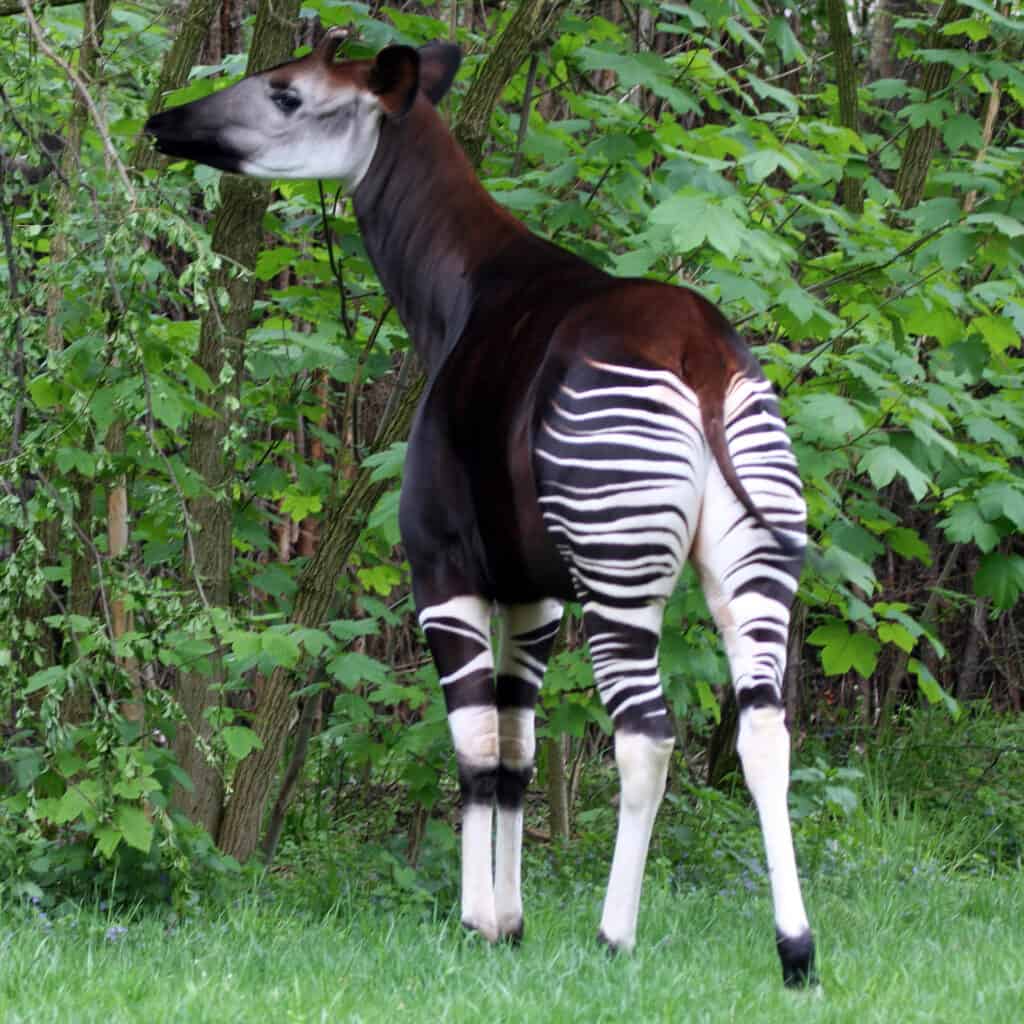
The birth of the baby Okapi provides hope for the population and underscores the role zoos play in the preservation of endangered animals. As visitors come to the zoo to see the baby Okapi, the zoo is provided with the opportunity to spread awareness and educate the public.
You might also enjoy:
7 Unique Animals You Didn’t Know Existed
Watch: Orangutan Rescues Drowning Bird at Zoo – and Makes a New Friend
Watch: Baby Gorilla Annoys Dad at Zoo
Join our Forum for free today!

- The Bond Between a Wild Baby Bison and Her Rescuer - July 20, 2024
- An Excited Husky’s First Ever Time in Snow - July 20, 2024
- Top 20 Colorful Species To Brighten Your Day - July 14, 2024

